On September 19, information from Can Tho Central General Hospital said that hospital doctors had just saved the life of a patient with a penetrating chest wound, hemorrhagic shock and critical cardiac arrest complications.
Previously, patient TVT, 50 years old, residing in Soc Trang , was admitted to a local hospital with a penetrating chest wound, hemorrhagic shock, respiratory and circulatory arrest, pneumothorax, and hemothorax. After emergency treatment, blood transfusion, surgery to stop bleeding and drainage, the patient was transferred to Can Tho Central General Hospital in critical condition, with low blood pressure and high doses of vasopressors.
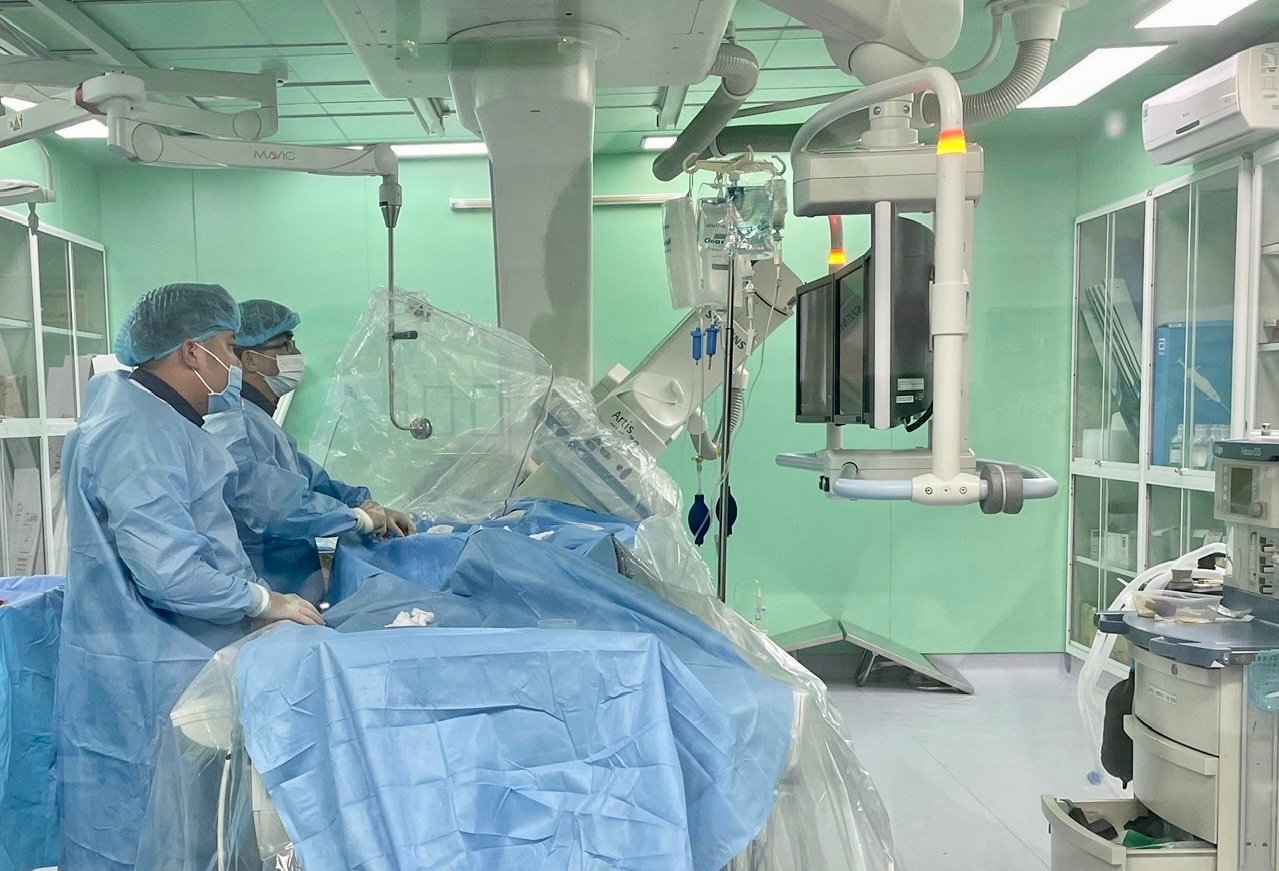
Dr. Tran Cong Khanh and the intervention team performed angiography and arterial embolization to stop bleeding for the patient.
Despite emergency care, mechanical ventilation, IV fluids, and blood transfusion, the patient's severe blood loss did not improve.
After consultation, the doctors ordered a contrast chest CT scan for the patient, which detected a leak in the right axillary area. Immediately after, the intervention team led by Dr. Tran Cong Khanh, Deputy Head of the Department of Diagnostic Imaging of the hospital, performed an interventional scan and arterial embolization to stop the bleeding for the patient on the DSA machine. This is considered a minimally invasive treatment method, with maximum effectiveness, especially for patients with severe hemorrhagic shock and blood clotting disorders. During the intervention, the doctors selected the leak branch, took an image to determine the location and proceeded to pump and occlude the leak with a glue mixture.
After about 30 minutes, the intervention was successful, and the X-ray results showed no signs of extravasation. During the emergency, the patient was transfused a total of 27 units of blood and blood products.
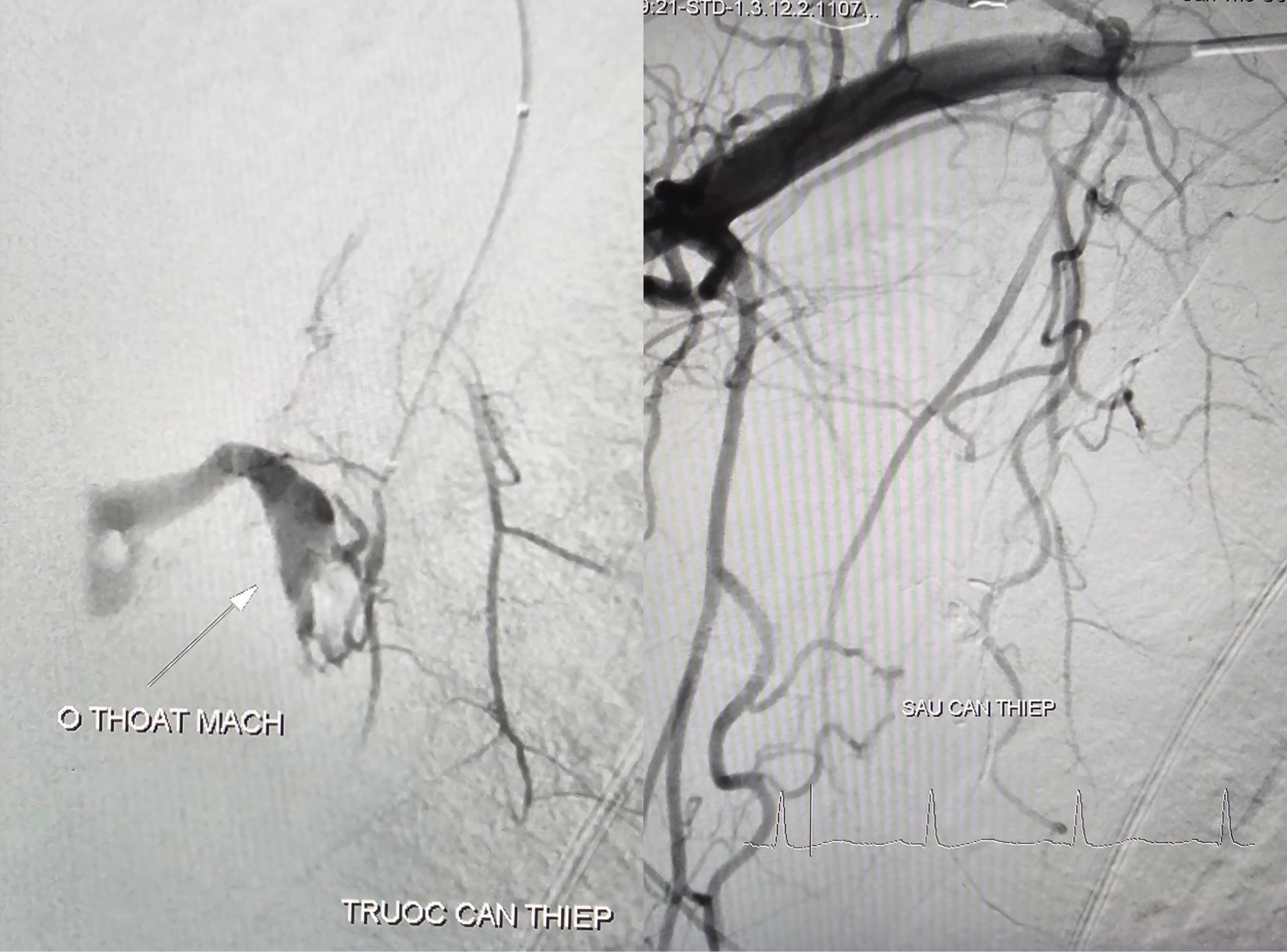
Extravasation before and after hemostatic intervention
Currently, after the intervention, the patient is awake, has good contact, pink mucous membranes, dry surgical wound, stable vital signs, has been removed from the ventilator, and continues treatment at the Department of Thoracic and Vascular Surgery.
According to Dr. Tram Cong Chat, Head of Thoracic and Vascular Surgery Department, Can Tho Central General Hospital, penetrating chest injuries are a common surgical emergency. The cause of chest injuries is often sharp objects (knives, scissors and other sharp objects) directly piercing the chest area, from the neck down or from the abdomen up, causing damage to the major organs inside the chest or the organs in the abdominal cavity. Hemorrhagic shock due to penetrating chest injuries must be treated with utmost urgency and with the participation of multiple specialties. Only by performing emergency resuscitation to prevent shock and performing surgery to stop bleeding and address the cause can the patient's life be saved.
Source link




![[Photo] Prime Minister Pham Minh Chinh receives Governor of Gunma Prefecture (Japan) and Special Advisor to the Japan-Vietnam Friendship Parliamentary Alliance](/_next/image?url=https%3A%2F%2Fvphoto.vietnam.vn%2Fthumb%2F1200x675%2Fvietnam%2Fresource%2FIMAGE%2F2025%2F11%2F25%2F1764066321008_dsc-1312-jpg.webp&w=3840&q=75)


![[Photo] Close-up of Ba Ha River Hydropower Plant operating to regulate water to downstream](/_next/image?url=https%3A%2F%2Fvphoto.vietnam.vn%2Fthumb%2F1200x675%2Fvietnam%2Fresource%2FIMAGE%2F2025%2F11%2F25%2F1764059721084_image-6486-jpg.webp&w=3840&q=75)



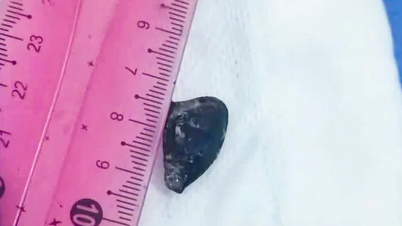


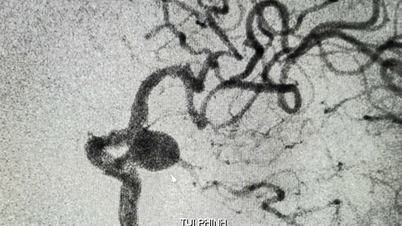







![[Video] More and more foreigners come to Vietnam for medical treatment](https://vphoto.vietnam.vn/thumb/402x226/vietnam/resource/IMAGE/2025/11/25/1764075012380_10-nam-kham-chua-benh-403-jpg.webp)

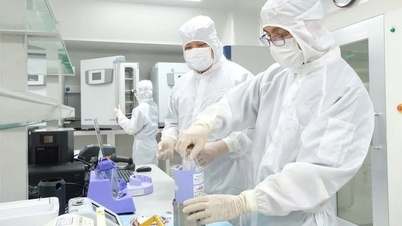






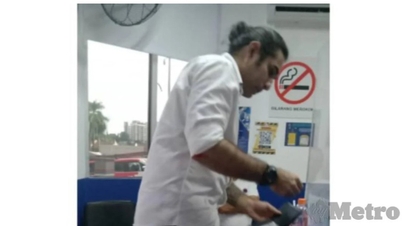



























![[Answer] Should I install an elevator for an old renovated house?](https://vphoto.vietnam.vn/thumb/402x226/vietnam/resource/IMAGE/2025/11/25/1764039191595_co-nen-lap-thang-may-cho-nha-cai-tao-cu-khong-04.jpeg)






















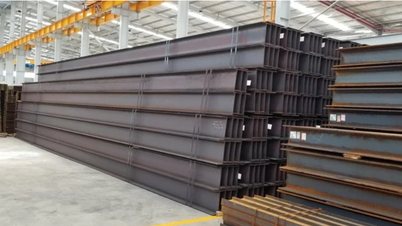


























Comment (0)